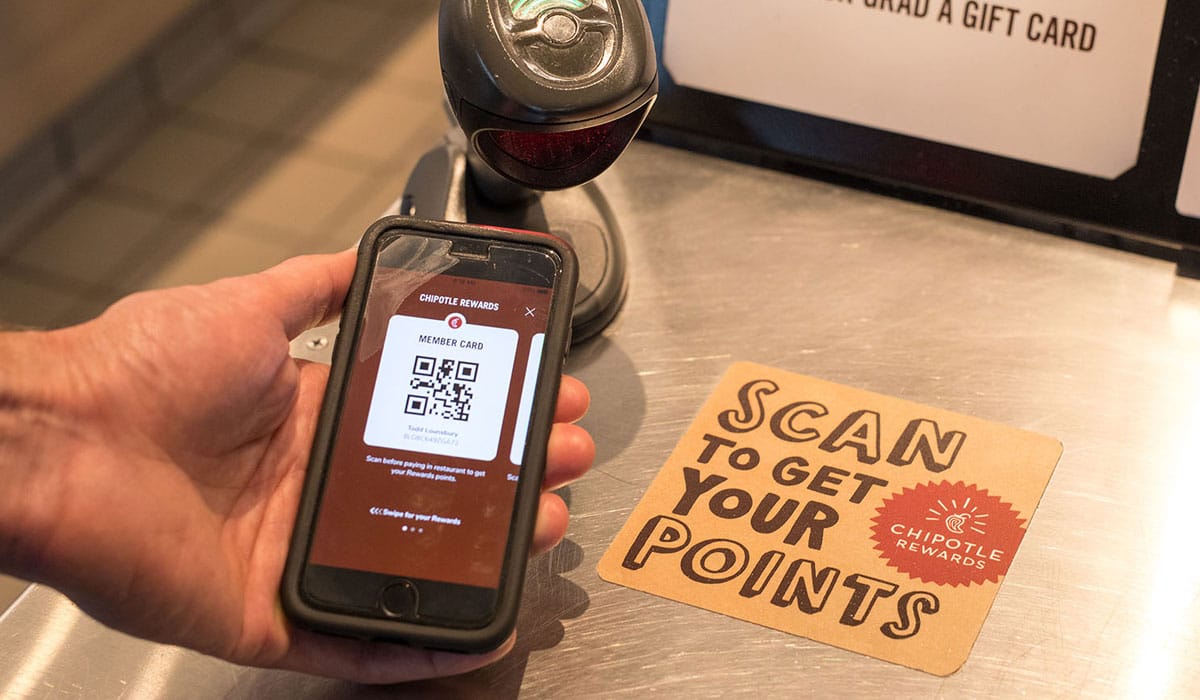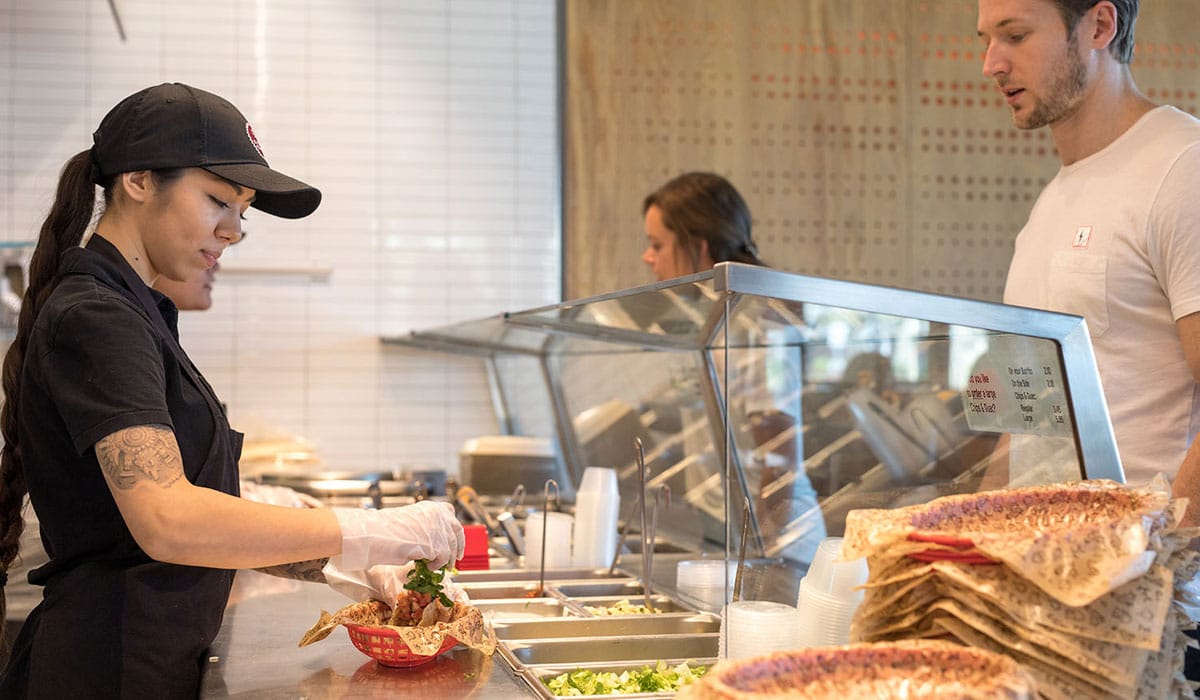Nothing has quite impacted America’s hourly workers like COVID-19. They have simultaneously kept the country going as frontline essential workers, such as grocery store employees and nurses, as well as endured economic fallout in reduced hours and lost jobs.
The July jobs report painted a steady, yet grim picture of the current state of the hourly workforce: record high unemployment, job insecurity, and financial worry. But despite this, we are seeing recovery—even growth—in certain sectors. Quick-service restaurants are going on a hiring binge, with brands like Chipotle, Dunkin’, and Papa John’s hiring tens of thousands of new employees in order to keep up with demand and new store openings. Grocery stores are similarly hiring non-stop as well as health care, IT, and sales in real estate.
The quick-service restaurant industry is experiencing a need to find more and more hourly workers as certain parts of the country reopen, and as business models shift allowing for unexpected growth. And there’s one thing that’s becoming a constant theme: it’s hard to hire during COVID-19.
Why Hiring Hourly Workers is Difficult
Because of the pandemic, the old way of hiring has basically gone by the wayside. A recent analysis from Workstream, which surveyed over 5,000 hiring managers about their pain-points during COVID-19, showed the following:

As you can see, the pandemic has disrupted the normal hiring process. Over half surveyed said they were having issues even finding candidates for the job, let alone trying to schedule and conduct interviews. With the continued reality of social distancing in place, as well as fears of exposing oneself and their circle to the virus, hiring has become increasingly difficult even during record high unemployment.
So, in a climate where businesses are struggling to hire the right candidates, what will bring in more applicants? And what do the hourly workers who want to work actually want?
What Hourly Workers Want
Offering up a competitive hourly rate isn’t quite enough to bring in a slew of quality applicants, not to mention those who are concerned about the virus itself. Hourly workers have come to understand their importance in today’s workforce and are looking for a different set of benefits than they might have before the pandemic.
Safety
A new survey by Branch dove into the current worries and struggles of hourly workers that shed light on this. First, the survey found that “despite the loss of income, over half of employees (53 percent) were hesitant or declined to apply to new jobs” due to fear of exposure.
This highlights the first change that employers need to make to attract more workers: alleviate fears as much as possible. For example, no applicant wants to do an in-person interview at the moment. Video interviews not only make it easier for prospective employees, but it shows that a company prioritizes safety from the very start of the relationship. And in fact, Workstream’s survey results showed that over 93 percent of hiring managers easily adopted virtual interview technology, and 50 of even preferred it over traditional phone interviews.
Similarly, hourly workers are looking for the business to monitor and enforce social distancing and mask-wearing safety measures. As more instances of workplace transmission of COVID-19 come to light, new hires are looking for contactless onboarding and training, sanitization measures and equipment, and for management to protect their well-being during any customer interactions.
Flexibility
What is another thing hourly workers want in their jobs today? Flexibility. A survey by MyWorkChoice showed that 75 of of hourly workers want flexibility to choose when and how much to work.
Keep in mind, hourly workers need to account for times of illness, quarantine, arranging childcare, and more. Absenteeism was already a problem for hourly workers, and that has only surged during COVID-19. Businesses that can provide more shift flexibility will continue to be extremely attractive to today’s hourly workers, who value having more autonomy and choice when it comes to working during a pandemic.
The survey also showed that 70 of of workers want the ability to communicate and schedule shifts via a mobile device. This is in-line with our own internal data that shows that hiring managers are seeing better results when using text messaging to connect with new employees. Not only do younger workers prefer this method of communication, the speed of texting is almost a necessity during a time when information keeps changing due to the pandemic.
Paid Leave
Similar to flexibility, paid sick leave has become a key selling point for hourly employees to consider a new job offer, and employers know it. According to the Branch survey, 38 of of employers have included paid sick leave as a form of financial assistance for hourly employees. This tops even bonus pay (26 percent) to be the main form of assistance.
When only 51 percent of lower-wage workers had access to paid sick leave before the pandemic, it’s not surprising that it’s even more important to hourly workers during COVID-19. Having this safety-net makes coming into work that much easier of a decision.
Stability
No business can truly predict what will come next—as the recent re-opening and re-closings have illustrated—to frustrated workers. Yet, hourly employees, who often live paycheck-to-paycheck, are looking for stable jobs that won’t be suddenly shuttered or downsized. While employers are worrying about this themselves, there are ways to provide more stability to hourly workers.
For one, 94 percent of hourly employees said accessing their pay before payday would be helpful. Knowing that they could get an advance can help with some financial stability during an unstable period.
Also, better communication and transparency from management goes a long way in alleviating worry and stress. Knowing what’s going on, where the business stands with new ordinances, can provide stability to the workers as they feel a part of the team.
Hourly workers are increasingly looking for a variety of benefits when searching for their next job that look much different than before the pandemic hit. As hiring picks up and priorities continue to shift, managers need to be aware of these changes in sentiment, especially if they are in competitive industries like restaurants. As the situation continues to evolve, so will the state of the hourly workforce.
Desmond Lim is the founder and CEO of Workstream, a hiring automation platform used by many quick-service and franchise owners at companies like Jamba, Chick-fil-A, and McDonald’s. For more information on how Workstream can help restaurants hire faster and better, click here.













